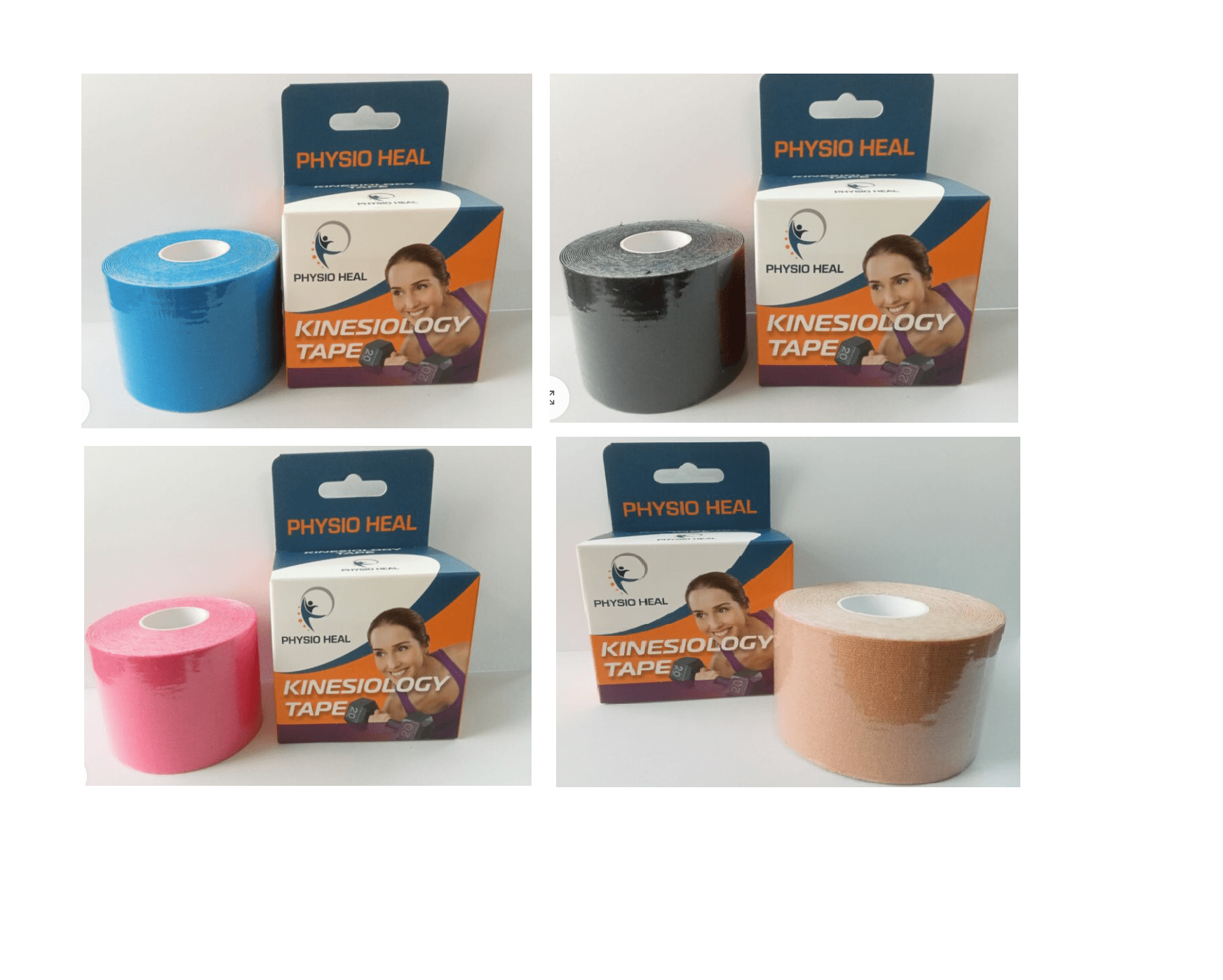Kinesiology Tape physiotherapy
-
KINESIOLOGY TAPE
Some physical therapists think the tape changes the information your sensory nervous system is sending about pain and compression in your body.
Dr. Megann Schooley, board-certified clinical specialist in sports physical therapy and certified strength and conditioning specialist, explains it this way:
“All of your tissues — skin, connective tissue, fascia, muscles — contain sensory receptors that feel pain, temperature, and touch. Those receptors all contribute to proprioception—your brain’s sense of where your body is and what it’s doing. Kinesiology taping creates a lift that unloads the underlying tissues. Decompressing those tissues can change the signals going to the brain. When the brain receives a different signal, it’s going to respond differently,” Schooley says.
Trigger points are a good example. Physical therapists have used kinesiology tape to lift the skin over these tense, knotted muscles. When the area is decompressed, pain receptors send a new signal to the brain, and tension in the trigger point decreases.
A 2015 study showed that trigger point pain was reduced and flexibility increased for people when kinesiology tape and manual pressure were used together.
₨850KINESIOLOGY TAPE
₨850

